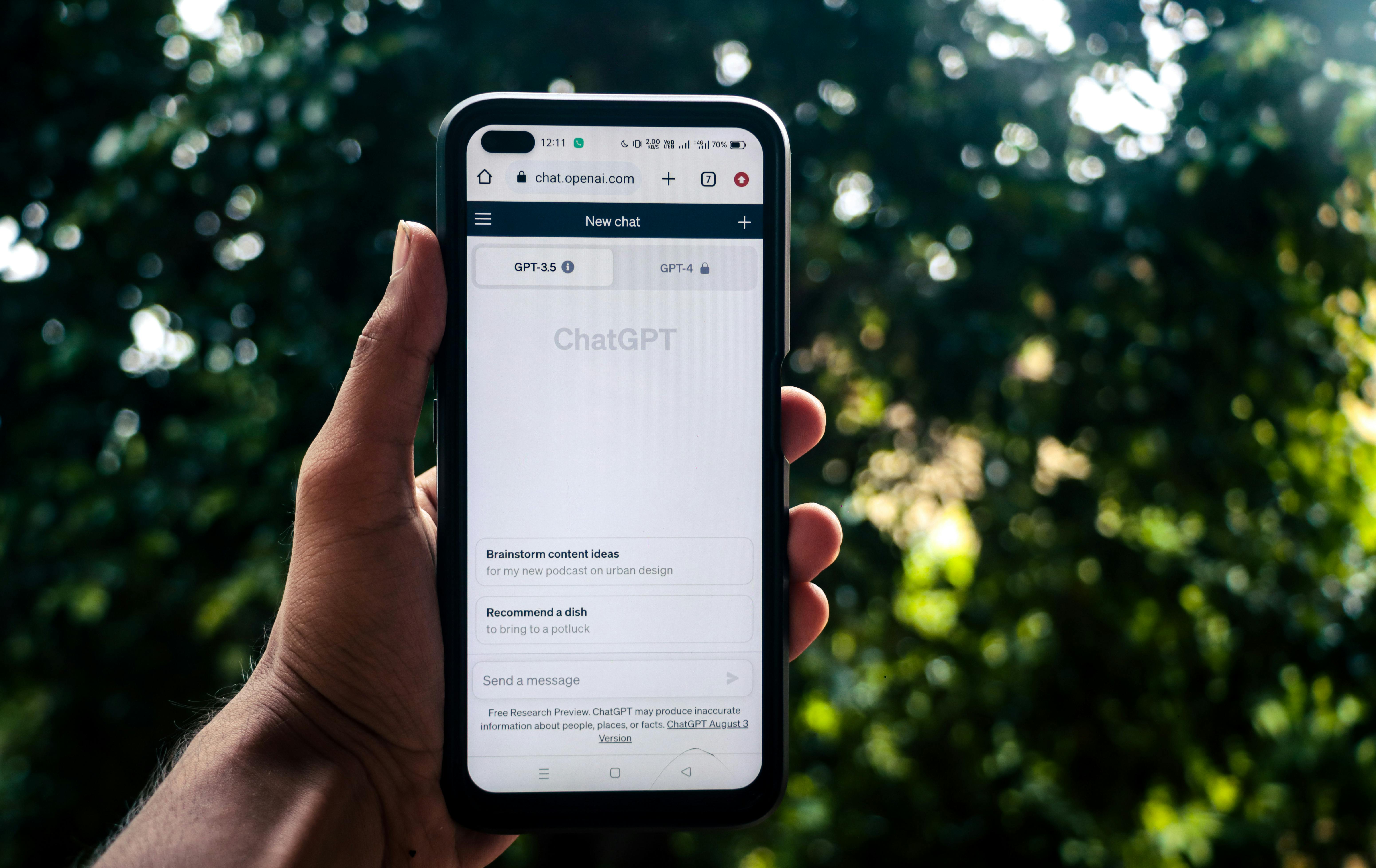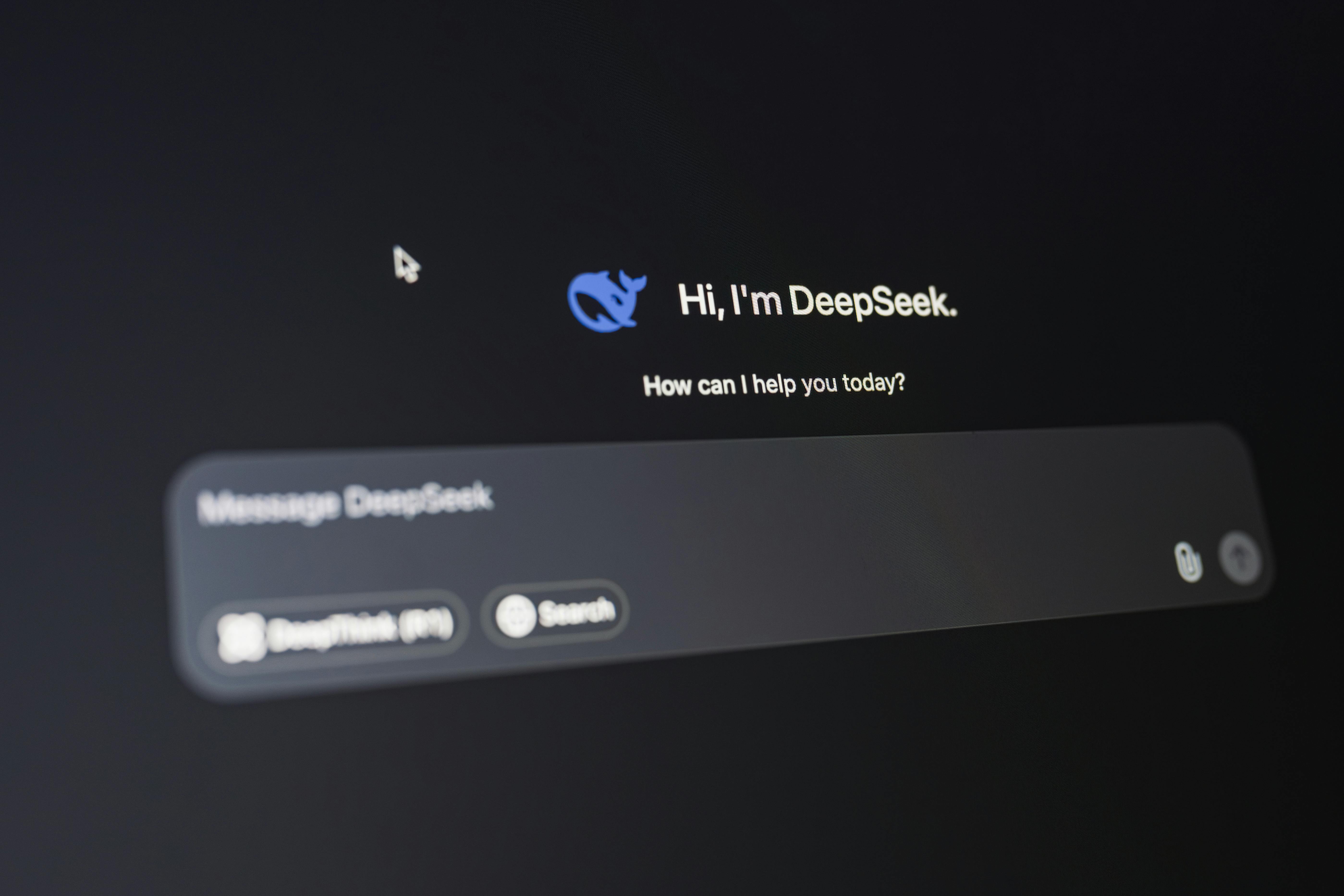
The way people search is changing fast. Today, AI models like Google Gemini, ChatGPT, and other generative engines are answering questions directly—skipping over old, link-filled search pages. If our content, brand, and visual assets aren’t prepared for this new world, we risk fading from view no matter how polished our SEO is. That’s where Generative Engine Optimization (GEO) comes in. Let’s unpack what GEO really means, why it’s different from traditional SEO, and actionable strategies we use (and you can too) to ensure your content and creative stand out in AI-driven search results.
Understanding Generative Engine Optimization (GEO)
At its core, GEO means preparing your digital presence so that AI engines—not just classic search algorithms—can understand, cite, and accurately showcase your expertise and brand. With billions already using AI search assistants, direct answers powered by generative language models are shaping how people discover businesses, products, and even creative work.

SEO vs GEO: Why Both Matter (But Aren’t the Same)
| SEO (Traditional) | GEO (For Generative Engines) |
|---|---|
| Ranks websites in search engine results | Optimizes content to be picked and cited by AI-driven tools |
| Focuses on keywords, technical tags, backlinks | Focuses on semantic clarity, structured information, and brand signals |
| Tracks traffic, rankings, conversions | Monitors citations, AI mention rates, and AI-driven impressions |
| Relies on mature analytics | Requires more creative tracking—and new metrics are emerging quickly |
Why GEO is Now Essential
- AI search is everywhere: AI summaries and answers are used by hundreds of millions (and rising).
- Links are optional: Many queries result in direct, summarized information—users may never even see your homepage or ad unless AI chooses to surface it.
- Accurate representation matters: If AI gets your brand wrong, or doesn’t mention you at all, user trust and visibility drop regardless of your SEO score.
How to Prepare Content for AI Search: Our GEO Playbook
1. Write for People—Not Just for Keywords
Generative engines understand and surface content that reads like real, helpful conversation. We’ve found these tactics critical:
- Use questions in headings (think FAQs or conversational Q&A)
- Avoid jargon—choose language clients really use
- Edit for clarity: If it sounds unnatural when you read it aloud, AI models will likely misunderstand or skip it
2. Showcase Authority, Trust, and Real Experience
AI trust signals matter more than ever. We like to add:
- Bylines and bios for authors or creative leads
- Links to up-to-date statistics, research, or respected industry sources
- Customer reviews, testimonials, and clear press mentions where possible
3. Structure and Format Everything for Easy Parsing
- Use bullet points, numbered lists, and clear tables to segment key info
- Break info into logical sections (using H2/H3 headers)
- Add descriptive alt text and captions to creative images and project portfolios
4. Schema and Markup: Sending Clear Signals to AI
- Implement schema.org markup for FAQs, How-To content, Organization details, and people pages
- Standardize brand and product names—same across your website, social profiles, and third-party listings
- Centralize branding assets using a Brand Kit Management tool (like the one we use in SizeIM)
5. Widen Distribution—AI Looks Everywhere
- Share content (and showcase your ads) on platforms AI frequently parses: Reddit, Quora, LinkedIn, tech blogs
- Ask industry partners and clients to mention or link to your resources
- Monitor your brand’s appearance in AI answers using listening tools (search for your company and topic in ChatGPT, Gemini, and others—see what appears and how accurate it is)
6. Get Technical: Fast, Accessible, and Always Available
- Keep pages loading quickly
- Audit for accessibility—clear alt text, ARIA labels, and media that’s crawlable
- Fix any broken links or crawl errors so AI doesn’t hit a dead end
Optimizing Creative Assets: Getting Your Ads AI-Ready
AI search and generative models increasingly reference creative visuals, not just text. This has real implications for ad agencies, designers, and marketers:
- Responsive design is non-negotiable: Using tools like SizeIM, we’re able to design an ad once and output it for every relevant display network size, ensuring our creative fits and shines wherever AI displays it.
- Embed meaningful metadata: Alt text isn’t just for accessibility anymore—AI reads it to decide what your images and graphics actually represent. Always include descriptive, brand-rich alt attributes for every image and creative.
- Brand Kit discipline: Consistency in typefaces, colors, and logos using Brand Kit Management reduces the risk of off-brand or distorted representation when assets surface in AI-powered carousels or examples.
- Visual clarity: Simplify text overlays and avoid over-cluttered visuals, making it easy for models (and human viewers) to grasp your message at a glance.

How We Track GEO Impact (and You Can Too)
- Monitor AI mentions: Tools are emerging for brand listening in AI platforms—track questions and topics where your brand is cited (or not)
- Analytics updates: Customize Google Analytics and CRM tracking to attribute traffic and leads from AI-powered results (for instance, custom sources like “Gemini” or “AI Overview”)
- User surveys and feedback: Ask clients and leads how they found you, especially if they mention direct answers or summaries—it’s a clue you’re surfacing in generative engines
- Keep an eye on Google’s AI Overview and similar features: Search for your main topics and see which brands and content are shown
Common GEO Mistakes to Avoid
- Chasing keywords without context: AI looks for semantic depth and relevance, not just repetition.
- Neglecting structured data: Without schema or consistent formatting, your expertise is harder for engines (and people) to trust and reference.
- Static images or outdated branding: Inconsistent visuals—or forgotten file metadata—make it less likely for AI to display your assets in visual summaries or creative roundups.
- Failure to monitor results: If you’re not searching and testing your brand’s presence in AI answers, you’re operating blind in the new visibility landscape.
Future-Proofing Your Brand: GEO and Automated Creative Excellence
The future of marketing, design, and discovery is conversational, visual, and AI-driven. At SizeIM, our commitment is to help you not only adapt—but get ahead. By focusing on GEO best practices and using purpose-built tools for automated, multi-size creative, you ensure your content and ads both look right and are always ready for tomorrow’s search experiences.
Start by auditing your current content and creative: Is it structured for clarity? Does it read well aloud? Are your ads and visuals branded, responsive, and tagged? When you’re ready to scale up, take a look at how SizeIM can turn a single creative idea into a full multi-platform ad set in minutes—ready for human and AI audiences alike.
Let’s embrace change and make AI work for us. Your brand—and your clients—will thank you.
